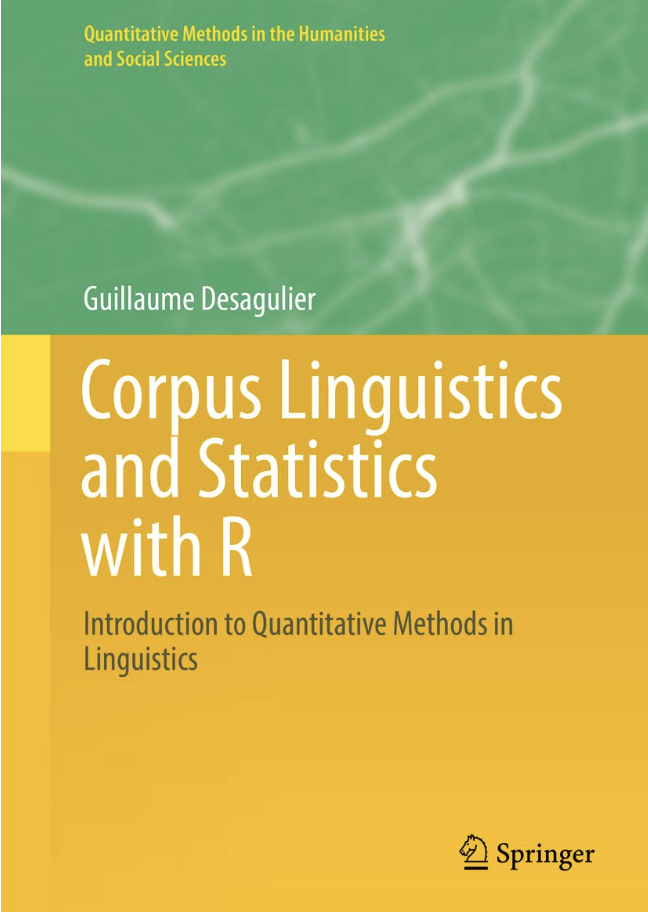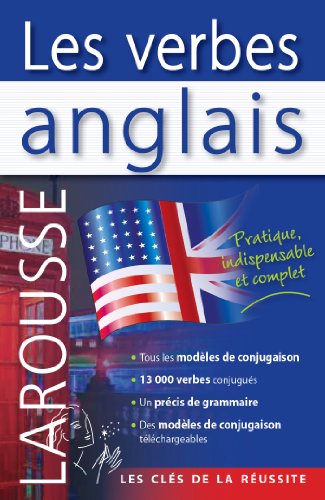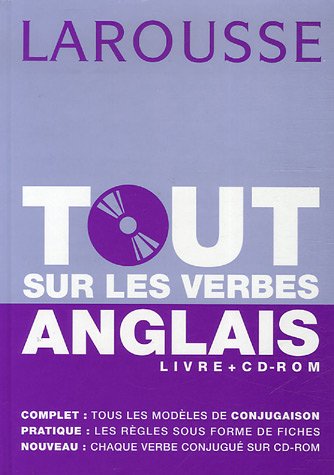
You can download most of my pre-publication drafts from this list. Other publications can be obtained from me, HAL, or Isidore.
2025. new! [outreach] “Vocabulaire et diversité linguistique : comment l’IA appauvrit le langage”, The Conversation France. online
2024. (with Cameron Morin, first author, and Jack Grieve). A social turn for Construction Grammar: double modals on British Twitter. English Language and Linguistics. pdf
2023. (with Anne Lacheret, Mathilde de St Léger, Karin Heidlmayr). The syntactic marking of emotional intensity: Psycholinguistic evidence from French. Lingua. pdf
2023. (first author, with Philippe Monneret). Cognitive Linguistics and a usage-based approach to the study of semantics and pragmatics. In Manuel Díaz-Campos & Sonia Balasch (Eds). The Handbook of Usage-Based Linguistics. Blackwell Publishing. pdf
2023. (second author, with Philippe Gréa). Arbre formel ou forêt conceptuelle ? Corela, HS-39. url
2022. (second author, with Seongmin Mun) How Do Transformer-Architecture Models Address Polysemy of Korean Adverbial Postpositions? Proceedings of Deep Learning Inside Out (DeeLIO 2022): The 3rd Workshop on Knowledge Extraction and Integration for Deep Learning Architectures. Association for Computational Linguistics. pdf
2022. Changes in the midst of a construction network: a diachronic construction grammar approach to complex prepositions denoting internal location. Cognitive Linguistics 33(2). url; companion files (OSF)
2021. (with Caroline Rossi and Lucía Gómez Vicente). AFLiCo Lecture Series 2020, CogniTextes 21. url
2021. (with Jacques François, Michel Achard, Dominique Legallois and Aliyah Morgenstern). Introduction. In J. François (Ed). L’expansion pluridisciplinaire des Grammaires de Constructions, pp. 7-18. Caen: Presses Universitaires de Caen.
2021. It is important to note that partially productive patterns may count as constructions. In J. François (Ed). L’expansion pluridisciplinaire des Grammaires de Constructions, pp. 233-264. Caen: Presses Universitaires de Caen. pdf
2020. (with Cameron Morin and Jack Grieve). Dialect syntax in Construction Grammar: theoretical benefits of a constructionist approach to double modals in English. Belgian Journal of Linguistics, 34 “The Wealth and Breadth of Construction-Based Research”, pp.252-62. publisher; pdf
2020. Multivariate Exploratory Approaches. In Magali Paquot and Stefan Th. Gries (Eds.), Practical Handbook of Corpus Linguistics, pp. 435-469. New York: Springer. pdf
2019. (with Anne Lacheret, Serge Fleury, and Frédéric Isel) The distribution of prosodic features in the Rhapsodie corpus. In A. Lacheret, S. Kahane and P. Pietrandrea (Eds.), Rhapsodie: A prosodic and syntactic treebank for spoken French, pp. 315-338. Amsterdam: John Benjamins. HAL
2019. Can word vectors help corpus linguists? Studia Neophilologica (91)2, pp. 219-240. publisher; pdf
2018. (with Seongmin Mun, G. Choi, and K. Lee). PreechVis: Visual profiling using multiple-word combinations. Proceedings of the 13th International Joint Conference on Computer Vision, Imaging and Computer Graphics Theory and Applications (IVAPP2018, Funchal, Portugal), pp. 97-107. pdf
2017. Corpus Linguistics and Statistics with R: Introduction to Quantitative Methods in Linguistics. New York: Springer. publisher
2017. (with Seongmin Mun and Kyungwon Lee). A visual approach for text analysis using multiword topics. In A. Puig and T. Isenberg (Eds.), EuroVis ‘17: Proceedings of the Eurographics/IEEE VGTC Conference on Visualization. pdf
2015. (with Antoine Chambaz) Predicting is not explaining: targeted learning of the dative alternation. Journal of Causal Inference, 4(1), pp. 1-30. (Editor’s Choice free access featured article). pdf
2015. A lesson from associative learning: asymmetry and productivity in multiple-slot constructions. Corpus Linguistics and Linguistic Theory 12(2). pdf
2015. Forms and meanings of intensification: a multifactorial exploration of quite and rather. Anglophonia 20(2). url
2015. Le statut de la fréquence dans les grammaires de constructions: `simple comme bonjour’ ? Langages 197(1), pp. 99-128. pdf
2014. Visualizing distances in a set of near synonyms: rather, quite, fairly, and pretty. In D. Glynn and J. Robinson (Eds.), Corpus Methods for Semantics: Quantitative Studies in Polysemy and Synonymy, pp. 145-178. Amsterdam: John Benjamins. pdf
2012. C’est de la bombe ! Qualitative count-to-mass conversion in French copular subject-predicate constructions. In M. Bouveret and D. Legallois (Eds.), Constructions in French, pp. 201-232. Amsterdam: John Benjamins. pdf
2011. Le programme socio-pragmatique des grammaires de constructions: bilan and perspectives. Intellectica 56, pp. 99-123. pdf
2011. Quelles alternatives linguistiques à la théorie des faces ? Le cas du japonais. In N. Berlinguez–Kôno and B. Thomann (Eds.), Japon Pluriel 8: la modernité japonaise en perspective, 33–42. Paris: Philippe Picquier. pdf
2010. (with Philippe Gréa) Grammars in Construction(s), CogniTextes 5. url
2010. (with Pascale Leclercq). Les verbes anglais. Paris: Larousse.
2008. (with Jean-Rémi Lapaire and Jean-Baptiste Guignard) Du fait grammatical au fait cognitif/From Gram to Mind: Grammar as Cognition (two volumes, 739 pages). Bordeaux, Presses Universitaires de Bordeaux. publisher
2008. Cognitive Arguments for a Fuzzy Construction Grammar. In G. Desagulier, J.B. Guignard and J.R. Lapaire (Eds.), Du fait grammatical au fait cognitif/From Gram to Mind: Grammar as Cognition, 125–150. Bordeaux: Presses Universitaires de Bordeaux. pdf
2007. Figures and forces en linguistique cognitive: pour une redéfinition du concept de représentation dans une Grammaire de Constructions Floue. TLE (Théorie, Littérature, Enseignement) 24, pp. 95–113. pdf
2006. (with Pascale Leclercq). Tout sur les verbes anglais. Paris: Larousse.
2005. Grammatical blending and the conceptualization of complex cases of interpretational overlap: the case of want to/wanna. Annual Review of Cognitive Linguistics 3, pp. 22–40. pdf
2003. Want to/wanna: Verbal Polysemy versus Constructional Compositionality. Berkeley Linguistics Society 29, 91–102. pdf


